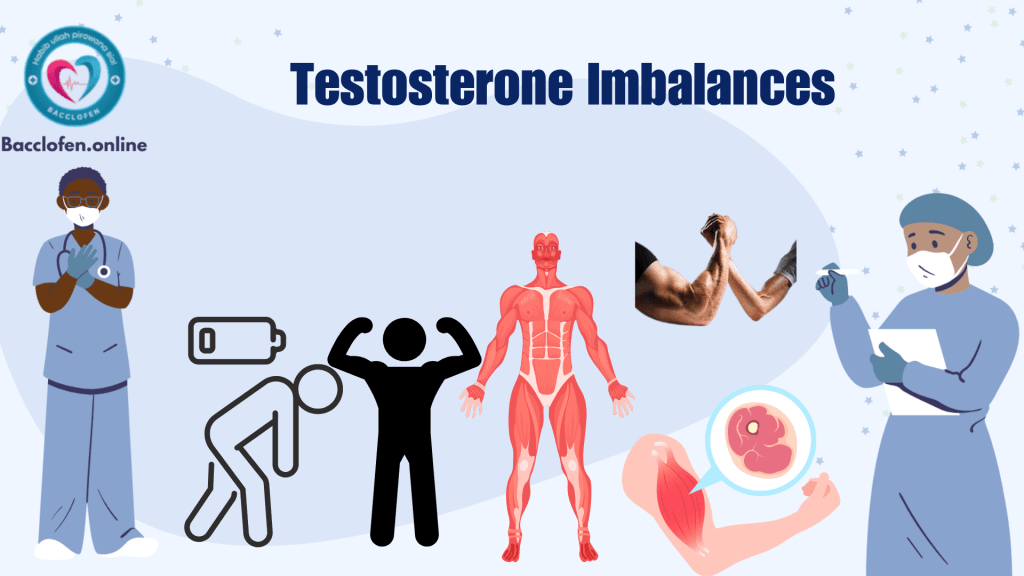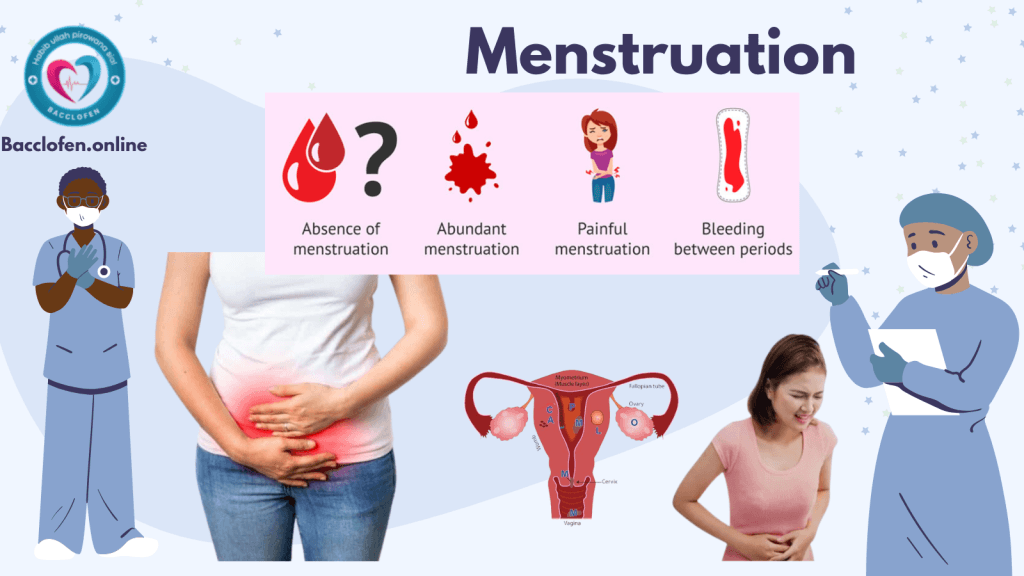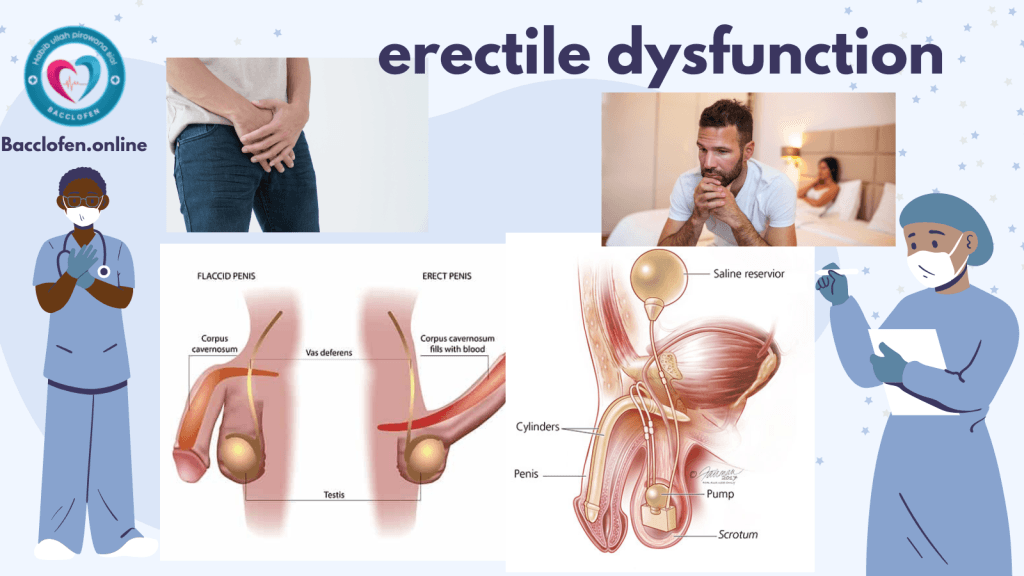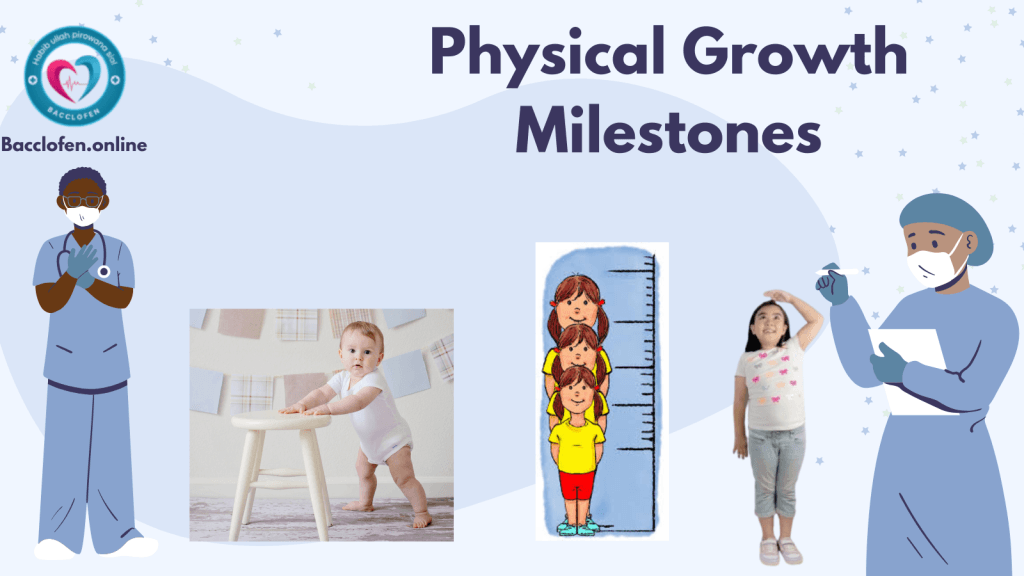Testosterone is a key hormone responsible for regulating essential functions in both men and women, including sexual health, muscle growth, bone density, and mood. While testosterone is often associated with men, women also require it in smaller amounts for proper physiological balance. When testosterone levels become imbalanced—either too high or too low—it can significantly impact overall health and quality of life. Understanding the causes, symptoms, and treatments for testosterone imbalances is essential for maintaining hormonal harmony.
The Role of Testosterone
Testosterone is a steroid hormone primarily produced in the testes (in men) and the ovaries and adrenal glands (in women). Its roles include:
- Development of Male Characteristics: Promotes the growth of facial hair, deepens the voice, and contributes to muscle mass and strength.
- Sexual Health: Drives libido, sperm production in men, and sexual arousal in women.
- Muscle and Bone Health: Stimulates muscle growth and maintains bone density.
- Energy and Mood Regulation: Supports mental health, cognitive function, and overall vitality.
Normal testosterone levels vary by age, gender, and health conditions. An imbalance occurs when levels are outside the normal range, leading to a wide range of symptoms.
Causes of Testosterone Imbalances
Testosterone levels can fluctuate due to various factors, including age, lifestyle habits, medical conditions, and genetics.
Low Testosterone (Hypogonadism)
Low testosterone levels can arise from:
- Aging: In men, testosterone naturally declines with age, typically beginning after age 30.
- Chronic Health Conditions: Conditions like diabetes, obesity, kidney disease, and liver disease can contribute to testosterone decline.
- Hormonal Disorders: Issues with the pituitary or hypothalamus glands can reduce testosterone production.
- Medications: Certain drugs, such as opioids, corticosteroids, and chemotherapy, can suppress testosterone levels.
- Lifestyle Factors: Poor diet, lack of exercise, stress, smoking, and excessive alcohol consumption.
High Testosterone (Hyperandrogenism)
Excess testosterone is less common but can occur due to:
- Polycystic Ovary Syndrome (PCOS): In women, PCOS often causes elevated testosterone levels, leading to hormonal imbalances.
- Adrenal Disorders: Tumors or hyperactivity of the adrenal glands can increase testosterone production.
- Anabolic Steroid Use: Athletes or bodybuilders using synthetic testosterone to enhance performance may experience testosterone surges.
- Insulin Resistance: Linked to metabolic disorders that can elevate testosterone levels.

Symptoms of Testosterone Imbalances
The symptoms of testosterone imbalance vary depending on whether levels are too high or too low, as well as the individual’s gender.
Symptoms of Low Testosterone in Men
- Reduced libido and erectile dysfunction
- Decreased muscle mass and strength
- Fatigue and lack of energy
- Loss of body hair and slower beard growth
- Weight gain, particularly in the abdomen
- Mood changes, depression, and irritability
- Poor concentration and memory loss
- Reduced bone density (osteoporosis)
Symptoms of Low Testosterone in Women
- Decreased sexual desire
- Chronic fatigue and low energy
- Loss of muscle strength
- Mood swings and depression
- Brittle bones or reduced bone mass
Symptoms of High Testosterone in Women
- Excess facial and body hair growth (hirsutism)
- Acne and oily skin
- Irregular menstrual cycles or absent periods
- Deepening of the voice
- Thinning scalp hair (male-pattern baldness)
- Enlarged clitoris (in severe cases)
- Weight gain, particularly in the abdomen
Symptoms of High Testosterone in Men
- Aggression or mood swings
- Excessive body hair growth
- Acne and oily skin
- Decreased sperm production, leading to infertility
- Enlargement of breast tissue (gynecomastia)
- Increased risk of prostate enlargement
Diagnosing Testosterone Imbalances
If an imbalance is suspected, a healthcare provider will typically recommend:
- Blood Tests: Measure total and free testosterone levels. These are usually conducted in the morning when levels peak.
- Hormonal Panels: Assess other hormones like LH (luteinizing hormone) and FSH (follicle-stimulating hormone) to identify underlying causes.
- Physical Examination: Check for symptoms like hair loss, weight gain, or changes in muscle mass.
- Imaging Tests: In cases of suspected tumors, imaging studies like ultrasounds or MRIs may be performed.
Managing Testosterone Imbalances
Treatment for testosterone imbalances depends on the underlying cause, severity of symptoms, and individual health needs.
1. Treatment for Low Testosterone
- Testosterone Replacement Therapy (TRT):
- TRT can restore testosterone levels in men and improve symptoms like low libido, fatigue, and muscle loss.
- Available in forms such as injections, gels, patches, or implants.
- Close monitoring is necessary to avoid side effects, such as blood thickening or prostate enlargement.
- Lifestyle Changes:
- Regular exercise, including resistance training, boosts testosterone production naturally.
- Weight loss reduces fat, which converts testosterone into estrogen.
- Prioritize sleep, as testosterone production peaks during deep sleep.
- Dietary Support:
- Include zinc-rich foods like meat, nuts, and legumes.
- Vitamin D and healthy fats (e.g., avocado, olive oil) support hormone production.
2. Treatment for High Testosterone
In women, managing high testosterone often focuses on treating the underlying cause:
- Medications:
- Oral Contraceptives: Birth control pills regulate hormone levels and reduce symptoms of PCOS.
- Anti-Androgens: Medications like spironolactone block excess testosterone effects, reducing hair growth and acne.
- Lifestyle Adjustments:
- Weight management and regular physical activity help lower insulin resistance, a common trigger for high testosterone in PCOS.
- Reducing refined sugars and processed foods aids hormone regulation.
- Surgical Interventions:
- In rare cases of tumors, surgical removal may be required to reduce testosterone levels.
Natural Methods to Support Hormonal Balance
In addition to medical treatments, several natural strategies can help maintain balanced testosterone levels:
- Regular Exercise: Weightlifting, resistance training, and high-intensity interval training (HIIT) are particularly effective.
- Adequate Sleep: Aim for 7–9 hours of quality sleep each night. Sleep deprivation can significantly lower testosterone levels.
- Stress Management: High stress leads to elevated cortisol levels, which can suppress testosterone production. Practices like meditation, yoga, and deep breathing help manage stress.
- Healthy Diet: Incorporate lean proteins, healthy fats, whole grains, and nutrient-dense vegetables to support hormone production.
Long-Term Outlook
Testosterone imbalances, if left untreated, can lead to long-term health complications, including osteoporosis, cardiovascular disease, infertility, and mental health disorders. Early diagnosis and personalized treatment plans help individuals manage symptoms effectively and improve their quality of life.



Pingback: Routine Childhood Vaccines: Importance, Schedule, and Benefits - Bacclofen